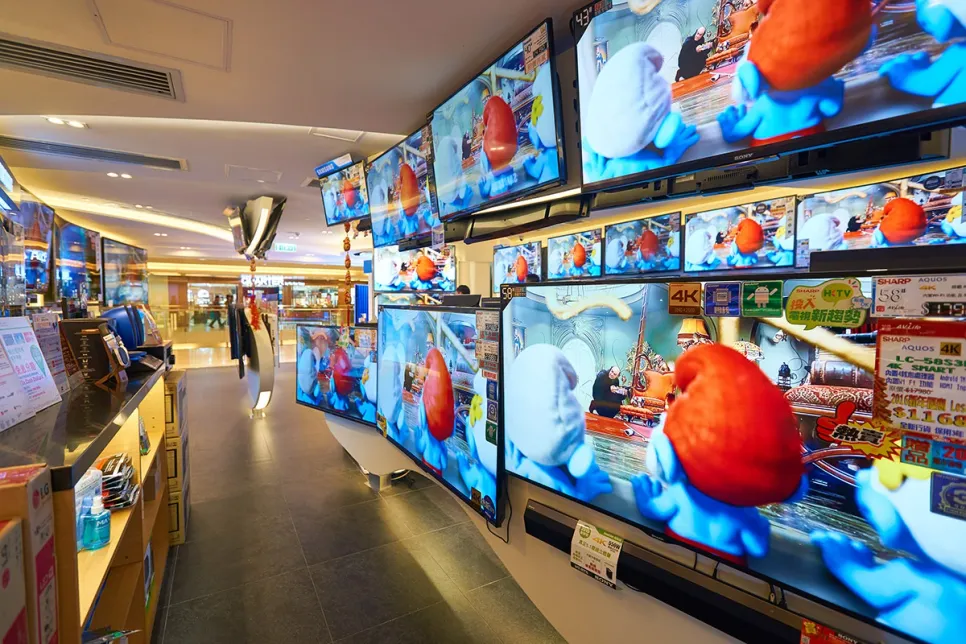D2C Revenue Set for $370 Million Surge
A new study by Juniper Research has found that satellite provider revenue from direct-to-cell (D2C) will exceed $370 million in 2026, up from $100 million this year.

The global market for Technical Consumer Goods, excluding North America, remained static to deliver a total market value of €1.01 trillion. GfK expects TCG global sales growth rate of -0.2 percent for the full year 2019. However, the significance of experiences driving purchases and powering the one trillion euro market is becoming more important.
According to the GfK FutureBuy study, 65 percent of survey respondents agreed with the statement, “The consumer feels more in control than ever before when choosing the best products“. The same study reveals that 53 percent of consumers appreciate experiences more than possessions. GfK has identified five major themes that are a common denominator across sectors that drive these experiences and influence the purchasing decisions in the TCG category.
GfK sees five trends that drive the purchase decision in the TCG category. The first one is performance. It is all about the rich experiences delivered by high-end product features. Looking at the example of smartphones, feature combinations such as bigger display sizes (6-7“), cameras (20MP+) and increased storage (128GB+) appeal to consumers. Revenues from such a combination accounted for 16 percent of smartphone revenues or €33 billion in the first six months of 2019, up from 3 percent in the same period of 2018.
The second trend is simplification. More than half (52 percent) respondents agree with the statement “I am always looking for ways to simplify my life“. Connected devices are at the forefront of the mind when it comes to meeting this need for simplification. The main challenge here is to propose purposeful, accessible use cases and improve the interoperability between smart devices. Providing relevant use cases for connected devices and simplifying day-to-day chores like cleaning and washing, top consumers’ wish lists.
Another trend that drives the purchase decisiion is premium category of devices. A growing number of consumers are prioritizing experiences over possessions. More than half (53 percent) agreed with this sentiment. There is a growing group of consumers who mirror their identity and aspirations in their use and ownership of these aspirational premium products, which are all about addressing a “Pamper Me“ attitude. Ultra-thin notebooks and OLED TV’s are a few examples. Another “Me“ segment that had experienced strong growth are premium haircare appliances including dryers, stylers, and clippers priced at over 300 EUR.
GfK recognizes borderless shopping as another important trend. 29 percent of consumers choose a retailer for reasons of convenience. This reflects consumer’s desire for a location-independent and 24/7 shopping experience. They purchase on numerous channels and expect a seamless transition between them, from physical to online to mobile retail - anytime and anywhere. It is no surprise that one quarter of the global sales value of TCG was made through the online channel in the first half of the year. Online sales grew by +10 percent.
The fifth trend that will drive the purchase decision are developing economies. These regions have a growing middle class, which means high demand for TCG, when taking a multi-year perspective. These developing economies tend to have big swings also resulting in high fluctuation. Some of these developing economies developed their technological and manufacturing competencies enabling them to supply majority of its own home market demand and export as well.